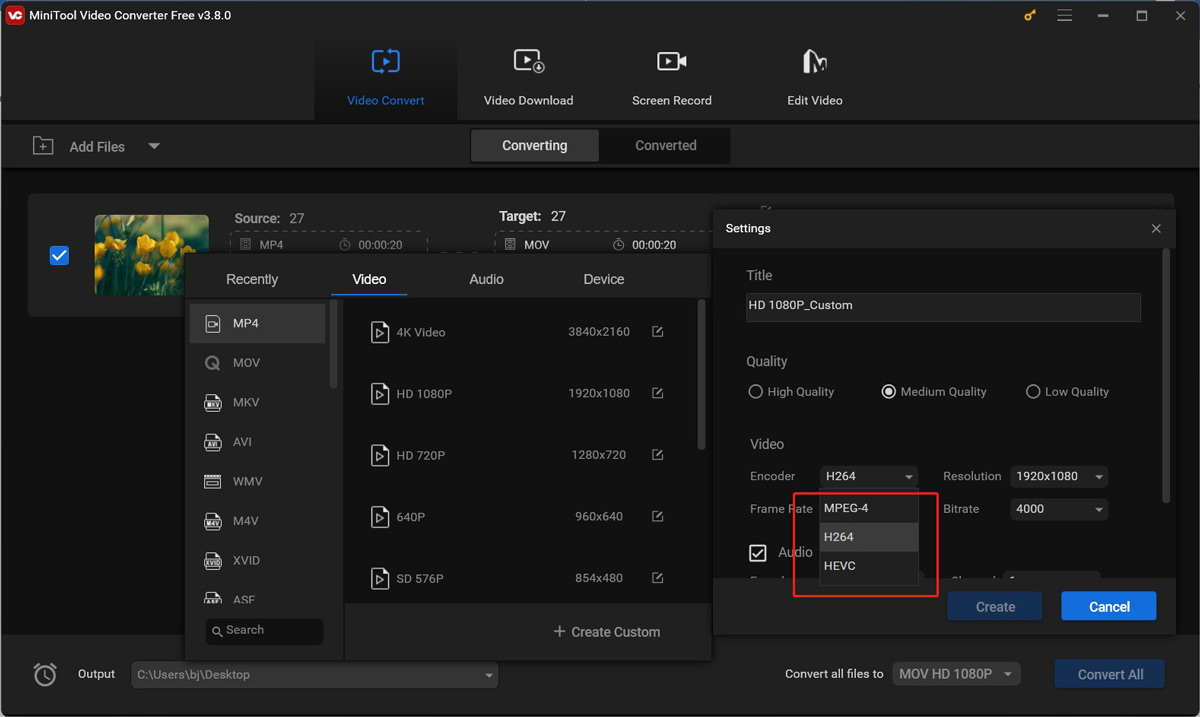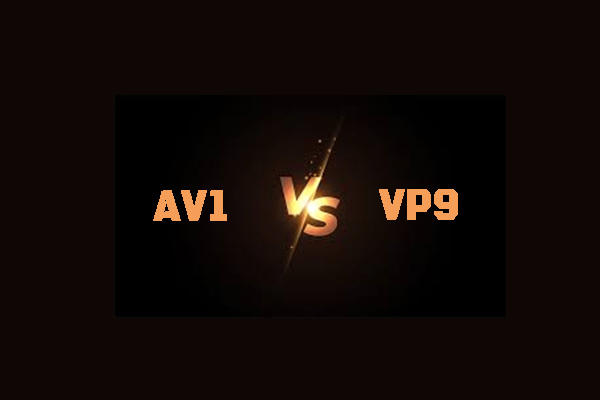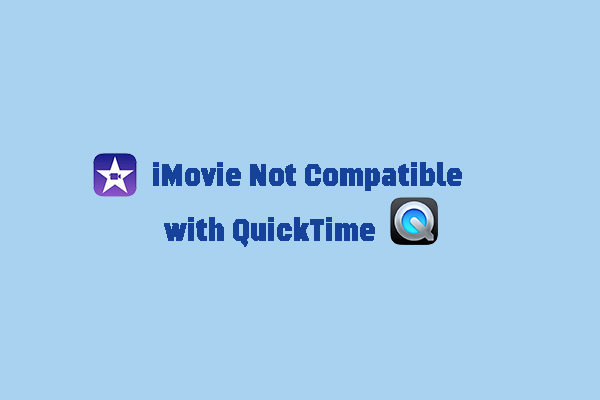VP9 or H264, which codec should you choose? What are the differences between VP9 and H264? This MiniTool free video converter post will walk you through the definition of VP9 and H264 to have a deep understanding of them and discuss the comparison of VP9 vs H264 from different aspects to help you choose the right codec for your video. Now, let’s get started.
Overview of VP9 and H264
Learning the definition of both VP9 and H264 has benefits for you to choose an appropriate codec. In this part, you will learn what VP9 and H264 are.
What Is VP9 Codec
VP9 is a royalty-free video coding format developed by Google as part of the WebM Project, as the successor to VP8 and a competitor to HEVC. It is known for its excellent compression efficiency and high quality. Meanwhile, it is mainly used on YouTube, the video platform of Google, and other modern web browsers.
What Is H264
H.264, also called AVC (Advanced Video Coding) or MPEG-4 Part 10, is a video compression standard that aims to provide good video quality at substantially lower bitrates than previous standards. Moreover, it is widely used for recording, compressing, and distributing video content. As of 2019, it has been used by 91% of video industry developers. Furthermore, H264 supports a maximum resolution of 8K UHD. It is compatible with various container formats, including but not limited to MP4, MOV, 3GP, etc.
Full Comparison of VP9 vs H264
Is VP9 better than H264? From the definitions above, most of you can’t instantly decide which codec to choose. To help you choose the right video codec, this part will discuss the comparison of VP9 vs AVC from 4 aspects. Let’s check them one by one.
VP9 vs H264 Quality and Compression Efficiency
When choosing the codec for a video, compression efficiency is the foremost factor that needs to be considered. What is the definition of compression efficiency? It refers to the effectiveness of a compression algorithm in reducing the size of data while keeping its quality and is a measure of how well the algorithm can compress data without important information loss.
When it comes to compression efficiency, VP9 is the winner, which compresses more efficiently than H264 and can maintain high-quality video at lower bitrates. Though H264 also has good compression efficiency, it still lags behind VP9.
Under most situations, owing to the better compression efficiency of VP9, the video encoded with VP9 has better video quality than H264 at the same bitrate. But you need to know that the video quality is not determined by the codec alone.
VP9 vs H264 CPU Consumption
In terms of CPU consumption, VP9 consumes more CPU and has a high requirement on the computer hardware. Owing to its compression efficiency, it takes more computational time to handle the encoding and decoding process. On the other hand, H264 has a good performance in CPU consumption because of its balance between computational complexity and compression efficiency.
VP9 vs H264 Compatibility and Adoption
Whether choosing the video format or codec, you need to take the adoption and compatibility into consideration. It is recommended to choose the format and codec with good compatibility so that it can be compatible with most platforms, devices, and applications.
H264 or AVC was released in 2003 and has gained a prominent presence in the market. It has great compatibility and adoption, which is compatible with most platforms and applications. Furthermore, its balance between compression efficiency and computational complexity makes H264 popular.
However, VP9, released in 2013, is a relatively new codec that is not supported by some old applications, media players, and hardware devices.
VP9 vs H264 Licensing
One of the prominent differences between VP9 and H264 is the licensing. VP9 is a completely open and royalty-free codec that can be used freely without any licensing fees. Compared with VP9, H264 is a proprietary codec that requires licensing fees for usage.
How to Choose from VP9 and H264
H264 vs VP9, which codec is better and should be your choice? It depends on your needs, such as compatibility, performance requirements, network connections, and licensing concerns. For instance, VP9 should be your choice for web streaming and online video content. If your device or application does not support VP9 or you need a codec with great compatibility, H264 is worth a try.
Recommended Way to Convert VP9 to H264 or Vice Versa
If your WebM video with VP9 codec is not supported by certain platforms or media players, you can try to convert it to other formats or change its codec. Similarly, you can also change H264 to VP9 codec to get a higher compression efficiency. How to convert VP9 to H264 or vice versa? MiniTool Video Converter is highly recommended, which is a completely free file converter for video and audio files. It supports a wide range of formats and codecs, such as MP4, MKV, M4V, HEVC, H264, AV1, VP9, AAC, etc.
MiniTool Video ConverterClick to Download100%Clean & Safe

Conclusion
VP9 vs H.264, which codec is best for your video? The above has shown the definitions of both VP9 and H264 and the side-by-side comparison of H264 vs VP9. You can choose from them according to the information above and your needs.






![How to Convert CDA to MP4 Effectively [Detailed Guidance]](https://images.minitool.com/videoconvert.minitool.com/images/uploads/2024/11/convert-cda-to-mp4-thumbnail.jpg)
User Comments :